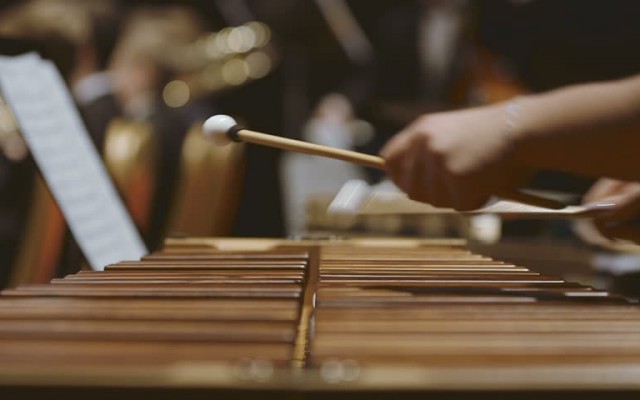During the International Conference Day “Theatre, Health and Inequalities”, Norma Daykin, Professor at the University of Winchester in the “Arts and Wellness” Research Centre and musician, introduced some studies on the impact of music in different social contexts, from prison to psychiatric hospitals. Only in the last few years we began to appreciate the scientific value of research works that study the impact of performing arts in contexts of discomfort. Norma Daykin emphasizes that, if we talk about the expected results, the interventions that promote theater or music training courses involve five different spheres: personal (identity), physiological (for example stress reduction), artistic (improvements in the ability to use the body and the voice), organizational (improvements in the ability to work in a group) and the social and relational one.
The professor described a six-week project involving a group of young offenders in jail in a live music workshop: musicians, experts in folk music and jazz, introduced them to the use of some instruments (saxophone, percussions, xylophone) and produced a CD from their performances. The experience, despite the chaotic and complicated beginning, has led to an interesting mix of rap and electronic music – considered by young people as “their” music – and folk music. These were yougsters with traumatic family backgrounds, characterized by cultural deprivation and the absence of significant training programs. None of them had previous experiences of live music.
The initial difficulty was to find connection points with the young prisoners. It certainly helped that the musicians had the same age as the prisoners and were perceived as distant from the prison’s staff and directions as they are: “they treated you like a normal person, not like a criminal…they were friendly and they trusted you s well…For all they knew, they (instruments) could get broken…They spaked your day like…it made you feel you were somewhere else”.
There were also moments of tension. At the beginning it was a matter of involving the young people in the project and to understand what their expectations were. The musicians had to make clear that there were boundaries and rules, before being able to establish an empathic relationship with the guys. A new language had to be established, specifying what it was allowed to say and do and what was not. The workshop had to be well structured, because it was a potential opportunity to unleash cases of bullying: “there was a girl, Sarah, who had a areal dislike for the bird noise, whih she said hauted her…and there was another girl, Jess, who quickly interjected and said she liked the bird sound…during the rest of the session she kept playing the bird noise over and over again, and it seemed like she was deliberately trying to torment Sarah”.
There were also racial conflicts. The black guys did not like the white guys to make rap music, because they considered it to be an “undue appropriation” of their music and their way of expressing themselves:
“They played all this rap shit. I said ‘fuck that’. I can’t listen to this. It drives me crazy in my cell. It’s a big thing because imagine, yeah, you are a new prisoner, yeah? You liste to rock, yeah, and I liste to rap…no offence, but you’d get bullied for that.Most of the people here listen to the same thing…they all swap CDs. But, you see, the other people, especially the white people..when they’re out there, they never listen to any of this rap shit. They come to jail, they think they are black. They start playing all this rap music and walking their trousers around they arse, and I think: ‘why do people – cercertain people – try to change when they are in jail?’. It pisses me off to see people like that”.
Slowly the young group has taken pleasure in mixing their expressive forms with the instruments of the musicians and the conflicts were smoothed out. They started creating rap with instruments, and this was an absolute novelty for them: no software, but percussion and drums.
The project required a great deal of flexibility for the musicians:
“There was a girl who did not participate and she was looking at the phone all the time … One day, she was busy in a discussion on Facebook, and the musicians asked her what she was discussing so passionately about.Then they all started to play a song that was inspired by the words exchanged in that online conversation”
“The musicians were playing around. Someone asks what song he’s playing. They replied ‘Stir it up’ by Bob Marley. Participants chat among themselves saying they could smoke a bong and sit back and listen. They ask the musician if he smokes weed. The musician doesn’t reply but they are watching his face…”
Another challenge to face was the concept of music: the participants identified music with the star system, with social recognition, fame and celebrity, while the musicians tried to show them music as a possible source of well-being. The fact that the workshop led to the production of a CD that remained to the group pushed the motivation of the participants a lot:
“Having the CD’s at the end, it makes me feel like…I’m really getting somewhere..I’ve achieved something…”
“It made me realise, when I get out, I gotta go to a recording studio and have singing lessons”
“It built up my confidence…case I’m a shy person, and talking in public ain’t my thing. But, you know, rapping in front of the people, performing, really motivated me…brought back confidence in me”.



